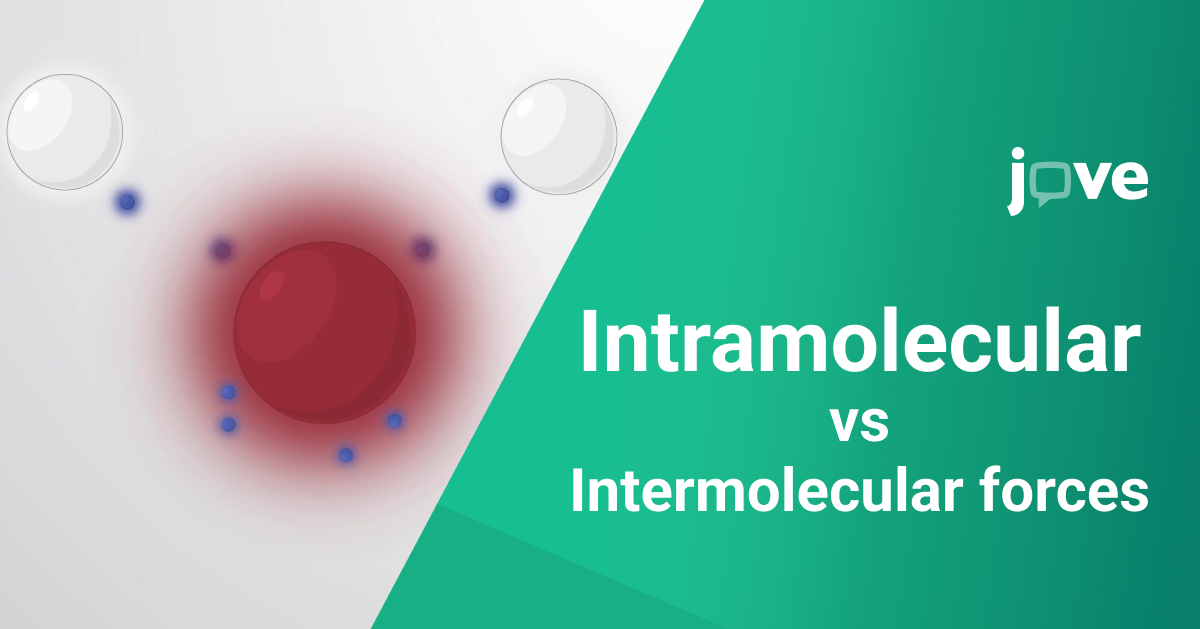What are intramolecular and intermolecular forces?
When studying chemistry, it's essential to understand the difference between intramolecular and intermolecular forces. These forces play crucial roles in determining the properties and behaviors of molecules.
- Intramolecular Forces are the forces that hold atoms together within a molecule. These forces are strong because they involve the sharing or transfer of electrons between atoms. The main types of intramolecular forces are:
- Covalent Bonds: These bonds occur when atoms share electrons to achieve a full outer shell of electrons.
- Ionic Bonds: These bonds form when electrons are transferred from one atom to another, resulting in positive and negative ions that attract each other.
- Metallic Bonds: These bonds are found in metals, where electrons are free to move throughout the structure, creating a sea of electrons.
-
Intermolecular forces are the forces of attraction or repulsion between neighboring molecules. These forces are generally weaker than intramolecular forces but are crucial for determining the physical properties of substances. The main types of intermolecular forces include:
- London Dispersion Forces: These are weak forces resulting from temporary shifts in the density of electrons in electron clouds. They are present in all molecules, whether polar or nonpolar.
- Dipole-Dipole Forces: These occur between polar molecules where the positive end of one molecule is attracted to the negative end of another.
- Hydrogen Bonds: A special type of dipole-dipole interaction that occurs when hydrogen is bonded to highly electronegative atoms like nitrogen, oxygen, or fluorine.
Dipole-Dipole Forces
Dipole-dipole forces are a type of intermolecular force that occurs between polar molecules. A polar molecule has a positive and a negative end due to the uneven distribution of electrons. These forces are stronger than London dispersion forces but weaker than hydrogen bonds.
For example, in a molecule of hydrogen chloride (HCl), the chlorine atom is more electronegative than the hydrogen atom, creating a dipole. The positive end (hydrogen) of one HCl molecule is attracted to the negative end (chlorine) of another HCl molecule, resulting in dipole-dipole interactions.
How to learn about intramolecular and molecular forces at JoVE.com?
To learn about intramolecular and molecular forces at JoVE.com, you can explore their comprehensive video collections in chemistry and biochemistry. These videos cover fundamental concepts such as covalent and ionic bonding (intramolecular forces), as well as intermolecular forces like hydrogen bonding, Van der Waals forces, and dipole-dipole interactions. Understanding these forces is crucial for predicting the behavior of substances in various states and reactions, as they dictate properties like boiling and melting points, solubility, and reactivity. By visually demonstrating these concepts, JoVE’s resources can enhance comprehension and provide practical insights into their real-world applications.
